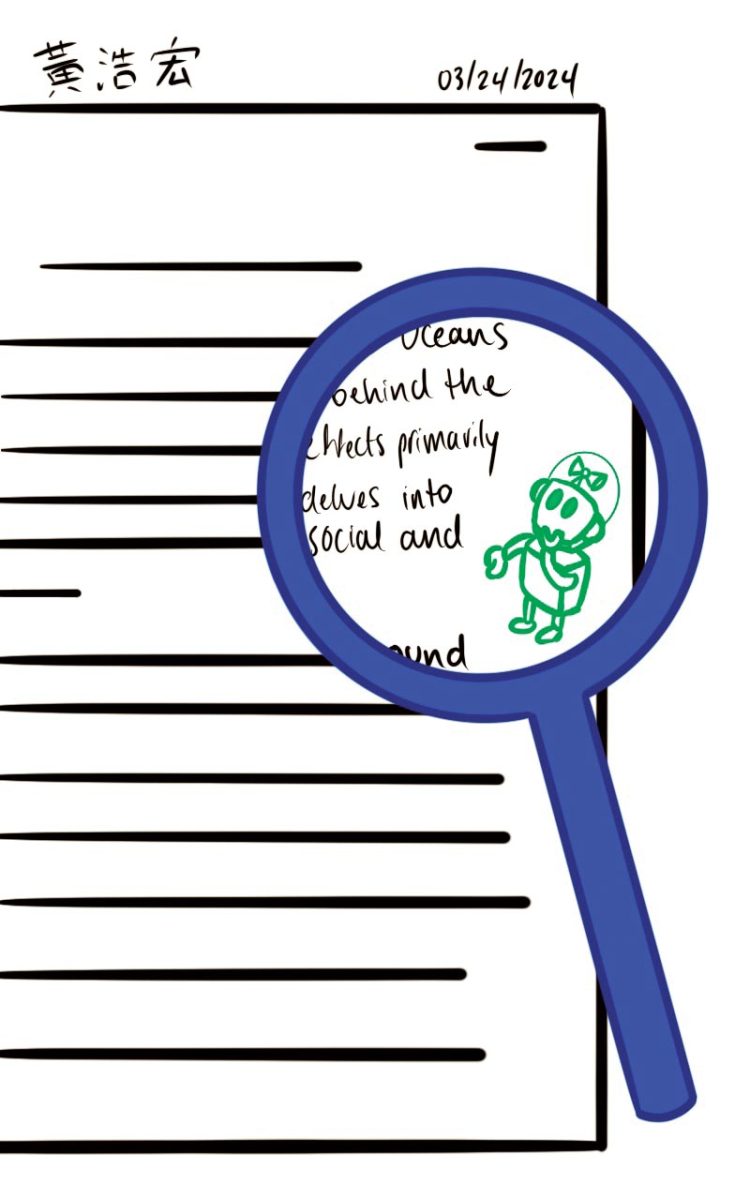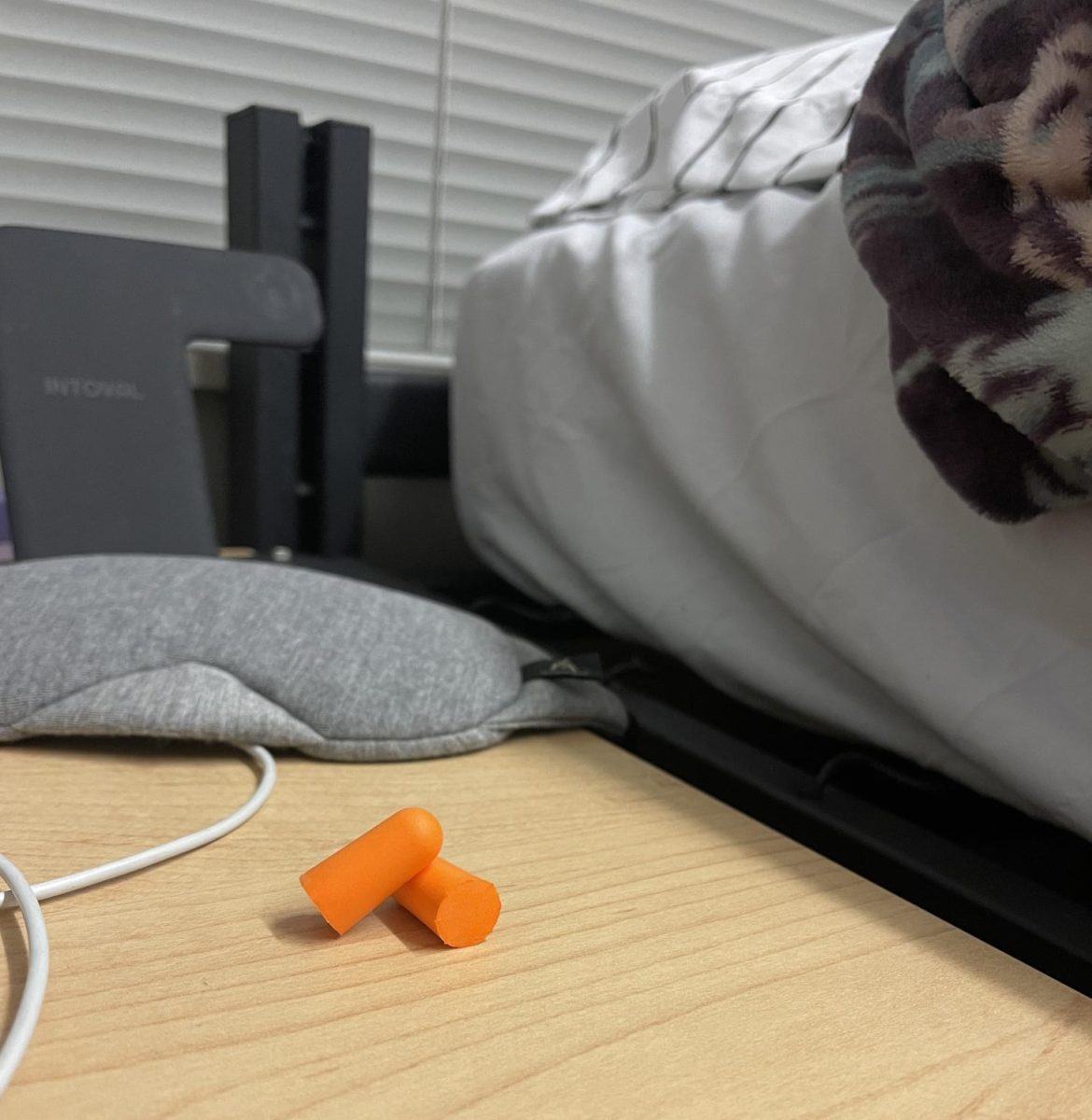In my last column, I discussed the body of the paper in general terms. Mainly, I stressed the importance of seeing the relationship between the thesis statement and the body. As I said, the latter defends and supports the claim(s) of the former, which means that both parts of the paper work together in an organic way toward the making of a successful argument. In short, it’s a joint effort.
In this column, I’d like to talk about paragraph organization and topic sentences.
I’m sure I’m not fooling anyone by pointing out that the body is basically just a collection of paragraphs. Of course, a good writer puts these paragraphs in a particular order so that the desired effect, whatever it may be, is achieved, not unlike the work of a composer arranging a piece of music.
Unfortunately, learning how to order paragraphs is not some secret that a good writer can just whisper in another person’s ear. Like everything in this line of work, it takes practice, patience, and experimentation; failure, (re)consideration and more failure: the blood, sweat and tears of good writing. It also greatly depends on the conclusion that a writer is trying to reach and how he/she approaches the transitions between paragraphs.
In my experience, a long struggle with paragraph arrangement usually leads to a fortuitous gift from the writing gods: The best order ultimately reveals itself over time, or after a certain period of time.
Until then, the best thing that I can tell you -besides “practice patience” – is that it’s always a good thing for you to be aware of how you’re choosing to arrange your paragraphs, not only because the arrangement matters, but also because this consideration usually pays off in the final product.
Now, here’s what’s so great about body paragraphs: Writers can almost always work off of a basic template when writing them, choosing when and how to riff on this template as they see fit. I find that having a predetermined structure for body paragraphs makes the process of composing them much, much easier.
What is this template? Strictly speaking, it depends on the type of paper that one is writing, since the body paragraph for a business memo will often be quite different from that of a persuasive paper. Still, for college-level writers it’s usually safe to break a body paragraph up into a few distinct parts.
Today, I only have time to address the first part of this template: a writer needs a topic sentence, or a string of sentences, that establish what the main idea of the paragraph is. Just trust me when I say that stating the main idea of a paragraph clearly and concisely up front is almost always the best thing you can do when composing a new one. Not only will it do your readers a big favor, it will do you one as well, forcing you to ask yourself a very important question in writing: now just what is this paragraph about?
Maybe it would help to think of the topic sentence as the sign that sits at the front of a ride at Disney World, or a carnival, or something. Really, all this sign does is tell people where they are in relation to the rest of the park and what they’re about to get themselves into should they choose to step into line.
In other words, if you’re not sure whether to get on “Mr. Toad’s Wild Ride,” then it probably helps to know that it’s called Mr. Toad’s Wild Ride before stepping in line and especially before the ride employee locks that rickety lap bar over your waist and sends you and your moving vehicle on its wild way.
Taken together, strong paragraph organization and clear topic sentences help readers maneuver their way through a piece of writing. They also tell readers something important about the overall argument, reminding them that it features main ideas being presented in a particular way.
Still, these two things are only part of the challenge when composing body paragraphs. Writers also need to select evidence and decide how they’re going to interpret it — which I’ll discuss in the next column.
Keaton Postler can be reached at [email protected]


















